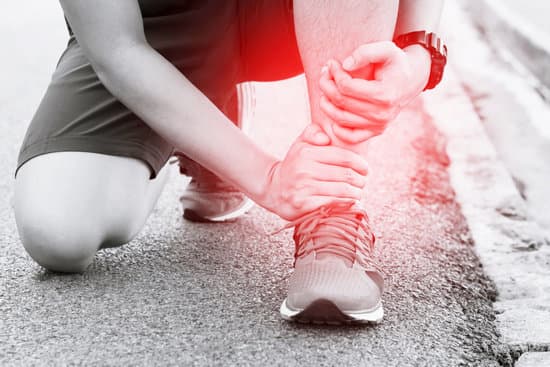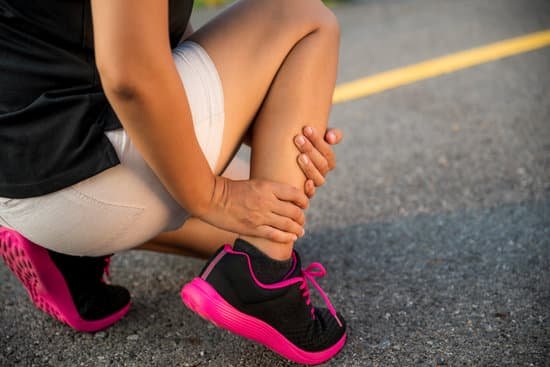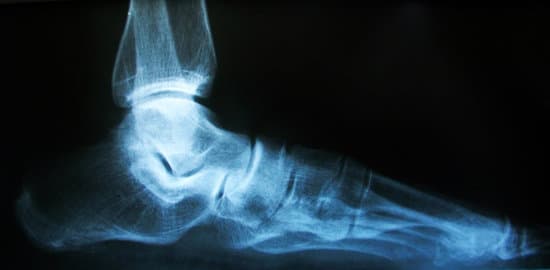Lateral ankle sprains- just another rolled ankle?

Autumn is here and as we have been outside and enjoying our warmest months, it seems like an appropriate time to discuss one of the most common injuries that we come across in our clinics. Lateral ankle sprains.
Let’s be honest, it’s rare to come across someone that hasn’t had the odd rolled ankle here and there, especially if you’re someone that has played sport or a woman that has ever worn a pair of heels in her lifetime. You see someone limping in the street and the classic response “I just rolled my ankle” comes to mind. However, in our physio world things aren’t always that simple and we often see some of these people a few weeks down the track. They often present frustrated, still complaining of persistent swelling, pain and instability. “It just isn’t getting better”. Now not always, but often in these cases it is because things weren’t as simple as “just a rolled ankle” and potentially their acute management at the time was not appropriate.
Research has shown that ankle injuries can form up to 10% of emergency department consults with the most prevalent being that of lateral ankle sprains. Despite the prevalence of these injuries, it has been reported that only approximately of 50% individuals who experience a lateral ankle sprain seek medical attention. This opens up a can of worms for a whole lot of people who didn’t manage “just a rolled ankle” correctly for potential chronic ankle instability (CAI) down the track.
What is a lateral ankle sprain?

A lateral ankle sprain occurs when the ankle gets rolled to excess towards the body, placing a large amount of stress on the ligaments on the outside of the ankle. The ligaments that make up the outside of the ankle include the ATFL (Anterior Talofibular Ligament), CFL (Calcaneofibular Ligament) and the PTFL (Posterior Talofibular Ligament). If the force of the ankle being rolled is great enough, these ligaments can develop partial or full thickness tears.
SYMPTOMS
A sprained ankle can be painful.
Other symptoms may include:
- swelling
- bruising
- tenderness to touch
- stiffness around ankle
- hard to fully weight bear on the foot
- pain with up/down stairs
- feeling of instability around the ankle
Other injuries to consider

As always, it is important to have other potential injuries cleared that can occur when the ankle is rolled. Your physiotherapist can rule out serious pathology with various clinical testing and deem whether it is necessary for you to have scans.
MRI investigations are recommended if clinicians suspect any high grade ligament injuries, osteochondral defects, syndesmotic injuries or fractures.
PHYSIOTHERAPY FOR ANKLE SPRAINS
- RICE (Rest, Ice, Compression, Elevation) protocol
- NSAIDs have been shown to have positive effects on pain, swelling and ROM in the short term (<14 days), however there may be some suppression of the natural healing mechanisms.
- The use of immobilisation for ankle injuries is often debated regarding the use of a CAMBOOT or functional support (stirrup brace). The varying levels of support not only protect the healing ligaments, they also provide appropriate compression and stabilisation to allow early mobilisation.
- Manual therapy is certainly beneficial in improving joint ROM and gait asymmetries
- Importance of a structured exercise program in improving ROM, joint proprioception and neuromuscular control. Patient’s routinely present with deficits in these areas even months after injury. Sometimes it’s because unfortunately they missed out on these vital aspects of their rehabilitation and are often presenting with a recurrent injury or evidence of the development of chronic ankle instability (CAI).
Acute Management: - Ottawa Ankle Rules - RICE Protocol - Immobilisation / Functional Support - Day 4-5 Physical Examination - NSAIDs if necessary Sub-Acute Management: - Early mobilisation - Manual therapy - joint mobilisation (improve pain, ROM) - Early Exercise - Gait retraining - Ankle ROM - Neuromuscular Control - Proprioception Late Stage Rehab Goals: - Return to sport & Work (full duties)
Estimated Return to Sport/ Work
Grade 1 Injury: 2-4 Weeks Grade 2 or 3 Injury: 6 - 8 Weeks Post-Surgery: 12-16 Weeks
Early education from all primary healthcare practitioners on the importance of thorough rehabilitation for lateral ankle sprains is crucial in reducing the burden of these injuries and also on reducing the likelihood of long term pain, disability and recurrent injuries due to incomplete rehabilitation.
Contact us if you have any questions or book in and let one of our physios assess your ankle today! No more dodgy ankle rolls! Check out our ankle strapping video below.
References:
1) Vuurberg G, et al. BJSM 2018 “Diagnosis, Treatment, and Prevention of Ankle Sprains: Update of an Evidence-Based Clinical Guideline 2)Physio Network, Issue 10, September 2018, Article 3 || Clinical Analysis of the Vuurberg et al. 2018 article by Shruti Nambiar


Sorry, comments are closed for this post.